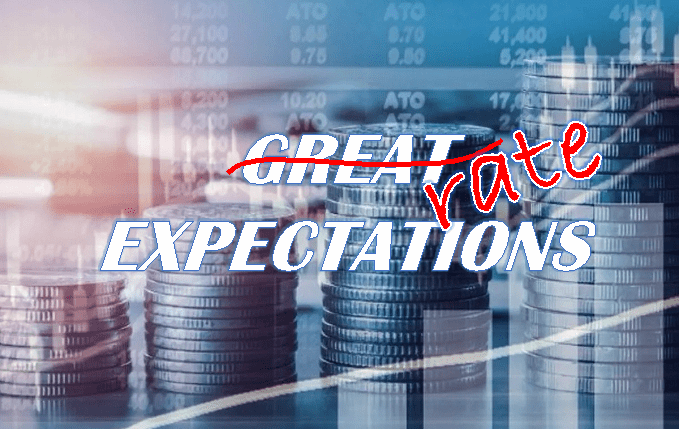
Since the end of 2021 equity and bond markets have been grappling with the consequence of increasing interest rates as central banks grapple with decade-high inflation. Now investors are betting on interest rate cuts, after hopes that the US Federal Reserve had tamed inflation drove a powerful rally across global markets at the end of 2023. But do rate expectations in the US translate to rate cuts in Australia?
Expectations about interest rate cuts have been a critical influence on equity and bond markets since inflation first appeared after a long absence in late 2021. But in December 2023 the US Fed confirmed that it believed interest rates had peaked and there would be cuts in 2024, and this drove stock markets sharply higher, and bond yields sharply lower.
In early February of this year both US Federal Reserve and the Reserve Bank of Australia have had their first meetings for the year, and as expected both central banks have left interest rates unchanged from the end of last year.
Data from the Federal Reserve meeting showed that in the US unemployment remained low, productivity increased, and wages rose. The signs were that the US economy would experience a “soft landing” – a gradual slowing where inflation was headed back to target in the first half of 2024 without bringing on the long-predicted recession.
However, Australia has different economic forces at play that make the situation different here. Consider the contrasts. In the US, inflation is 3.1%; in Australia, it’s 4.1% (year-on-year as of Q4 2023). Official interest rates in the US are 5.5%, while in Australia they are 4.35%. And that’s relative to a history where Australian rates are typically a percentage point or higher than they are in the US.
While most commentators agree that the RBA is done with raising interest rates, many suggest that the RBA will be ‘reluctant’ to cut interest rates anytime soon. The main reason for this is that Australia’s tightening cycle lagged other advanced economies and was not as steep – meaning that the central bank will not be in a rush to cut rates here.
Australian bond traders imply zero probability of another tightening and are fully priced for two rate reductions in 2024, starting in June. However, the RBA doesn’t think it will return to its core inflation target of between 2% and 3% until 2026, two years away. It believes the impact from rate rises is still to be fully felt in the economy, as COVID-19 restrictions restrained household spending at the same time as governments provided unprecedented levels of cash support.
If it turns out inflation proves stickier than expected, the RBA could be forced to raise interest rates further, which could drive the economy into recession. Conversely, if the bank has already over tightened and the economy slows faster than expected, the result could be much the same.
Additionally, if the RBA believes the neutral interest rate (the one that neither adds stimulus nor detracts from the economy) has drifted higher, after falling for many years, the cash rate could already be close to where it needs it to be. That would mean further declines are unnecessary.
Taking all this together, a more plausible scenario for Australia in 2024 is that interest rates do not fall anytime soon. The RBA is in a wait and see holding pattern and will have fresh data before the next meeting in March.
What all this means for investors is that trying to target stocks or even asset classes that are supposed to benefit from a fall in interest rates – or a rise in interest rates – is unlikely to lead to better returns and may derail your financial plan. Given that there is no reliable way to predict the path of interest rates the best course for investors is to stick with the plan that you have made and ignore the noise around rate expectations.
Dr Steve Garth
February 2024


